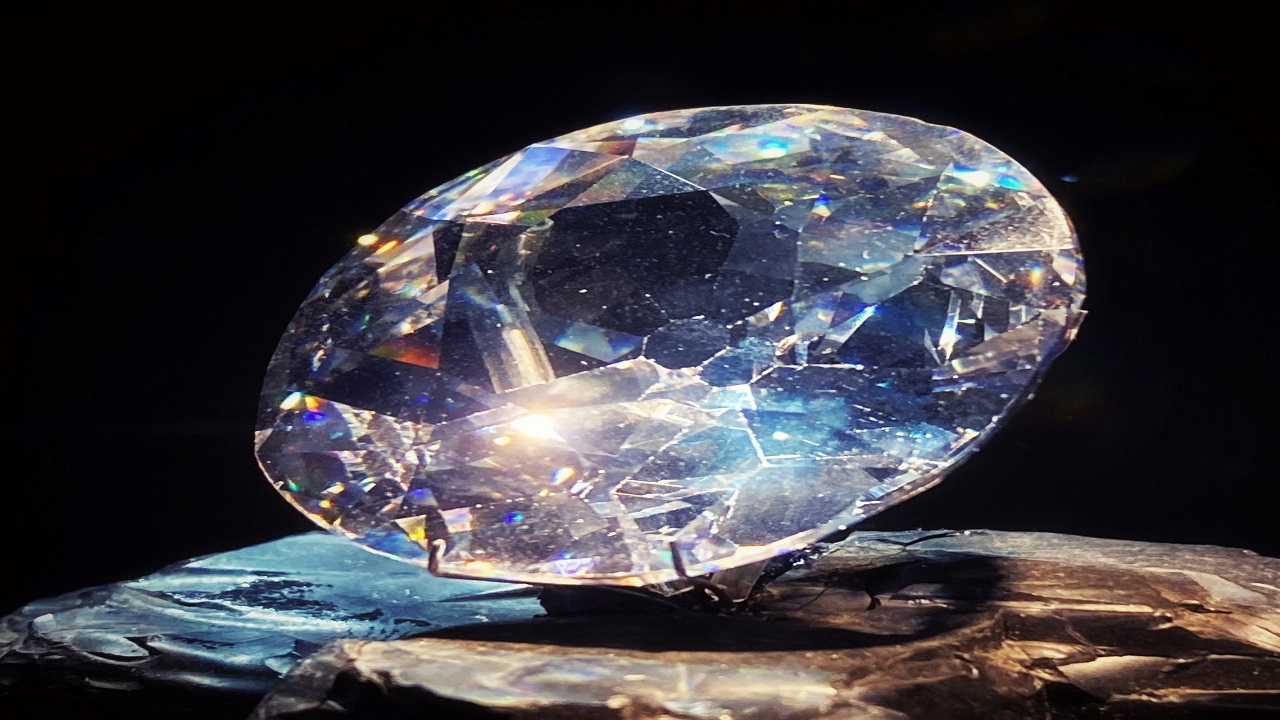The Kohinoor Diamond: A Journey Through Time and Empires
The Kohinoor Diamond, meaning "Mountain of Light" in Sanskrit, has a rich history marked by conquests, battles, and political maneuvering. The diamond was mined in India over a thousand years ago and has passed through the hands of various rulers, including the Mughal emperors and Persian conqueror Nadir Shah. In 1813, it was acquired by the East India Company and later gifted to Queen Victoria as a symbol of Britain's power and control over India. The diamond has been a part of the British crown jewels ever since. Despite legends of its curse, the Kohinoor remains a symbol of wealth and power and has been a source of political tension between India and the UK, with India claiming it as part of its national heritage and seeking its return. The Kohinoor's journey through time and empires is a testament to its enduring legacy.

- Country:
- India
The Kohinoor Diamond, which translates to "Mountain of Light" in Sanskrit, is one of the most famous and storied gems in the world. Its journey from ancient India to the British crown has been marked by conquests, battles, and political maneuvering, making it a symbol of wealth, power, and prestige. In this blog, we'll take a journey through time to trace the history of the Kohinoor and its journey through the hands of various empires.
The Kohinoor is believed to have been mined in the Guntur district of Andhra Pradesh, India, over a thousand years ago. It passed through the hands of various rulers and conquerors, including the Mughal emperors and the Persian conqueror Nadir Shah. In 1739, Nadir Shah took the Kohinoor as part of the loot during his invasion of India and brought it back to Persia. However, he was assassinated soon after, and the diamond was passed down to his descendants.
In 1813, the diamond was acquired by the East India Company, which was ruling India at the time. The British governor-general, Lord Dalhousie, later gifted the diamond to Queen Victoria in 1850 as a symbol of Britain's power and control over India. The Kohinoor was set in the Crown of Queen Elizabeth and has been a part of the British crown jewels ever since.
The Kohinoor has been the subject of legends and myths throughout history, including the story of its curse, which was said to bring misfortune to whoever possessed it. However, despite these legends, the diamond has remained a symbol of wealth and power, coveted by rulers and conquerors alike.
In recent years, the Kohinoor has been a source of political tension between India and the UK. India has long claimed the diamond as a part of its national heritage and has called for its return, but the UK has argued that it was acquired legally and has been a part of the British crown jewels for more than a century.
In conclusion, the Kohinoor Diamond is a journey through time and empires. From its humble origins in ancient India to its current home in the British crown, the diamond has been shaped by the events of history and has played a role in the rise and fall of various empires. Despite the legends and myths that surround it, the Kohinoor remains a symbol of wealth, power, and prestige, and its journey through time is a testament to its enduring legacy.










